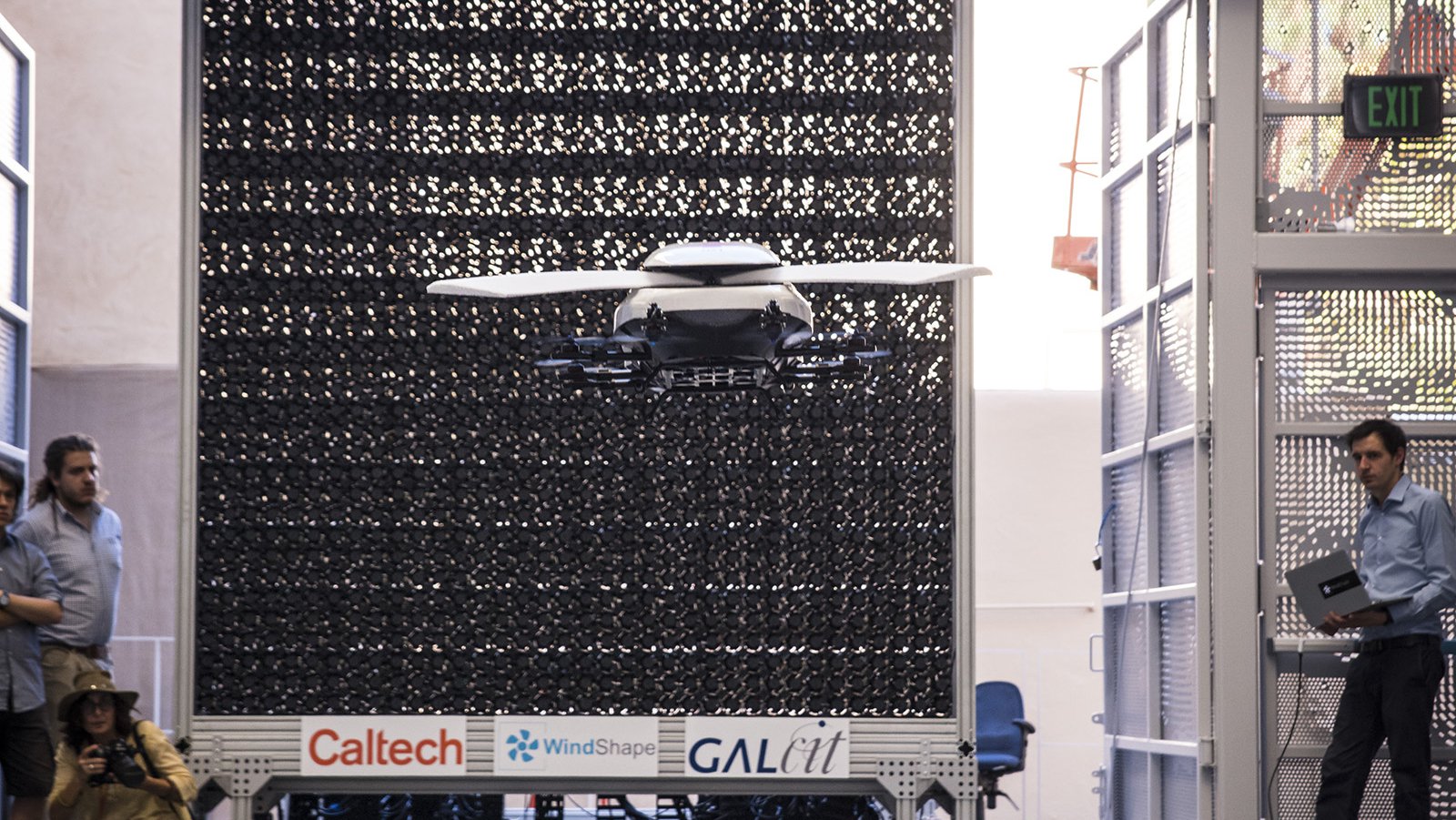
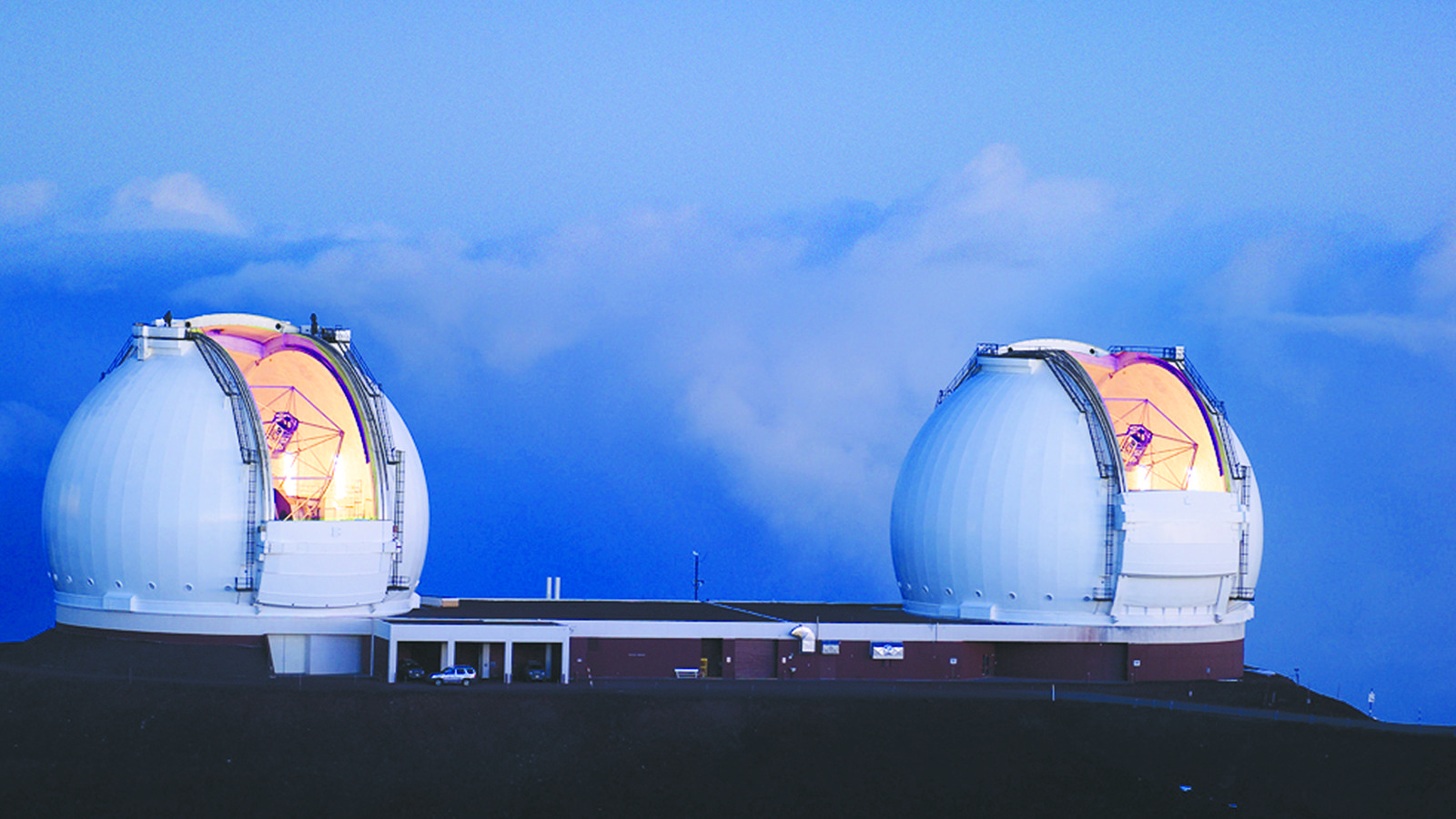
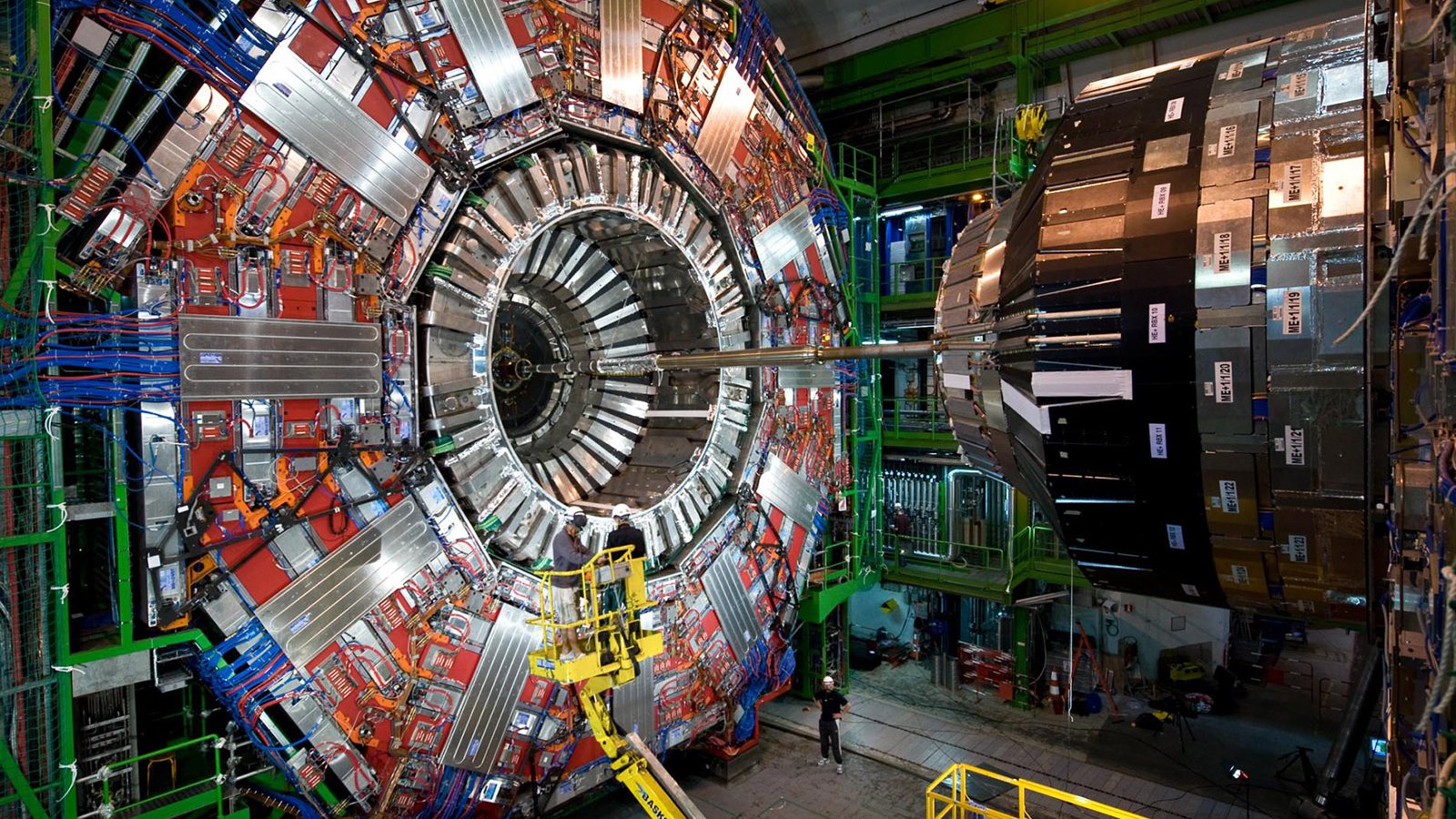
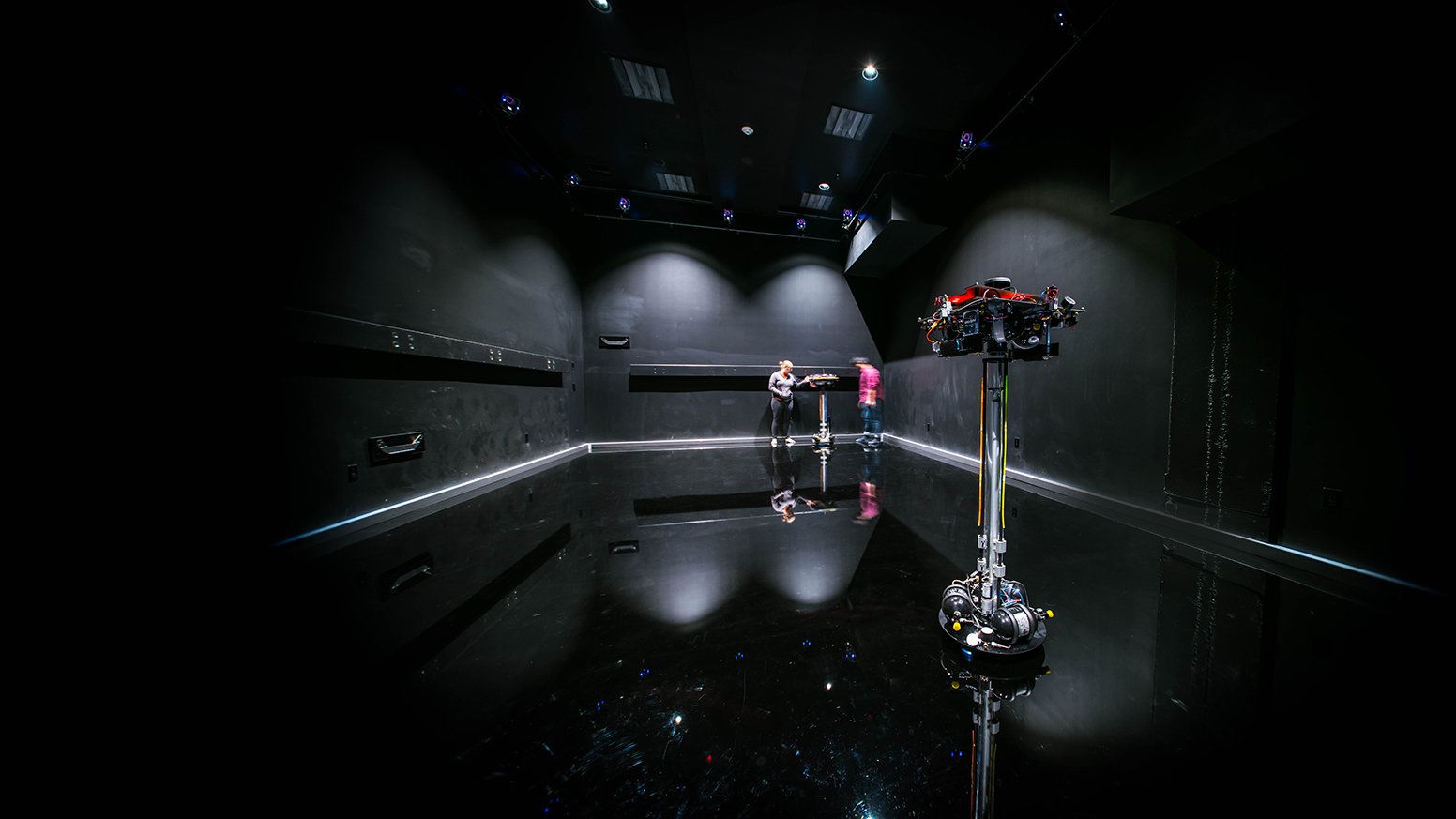
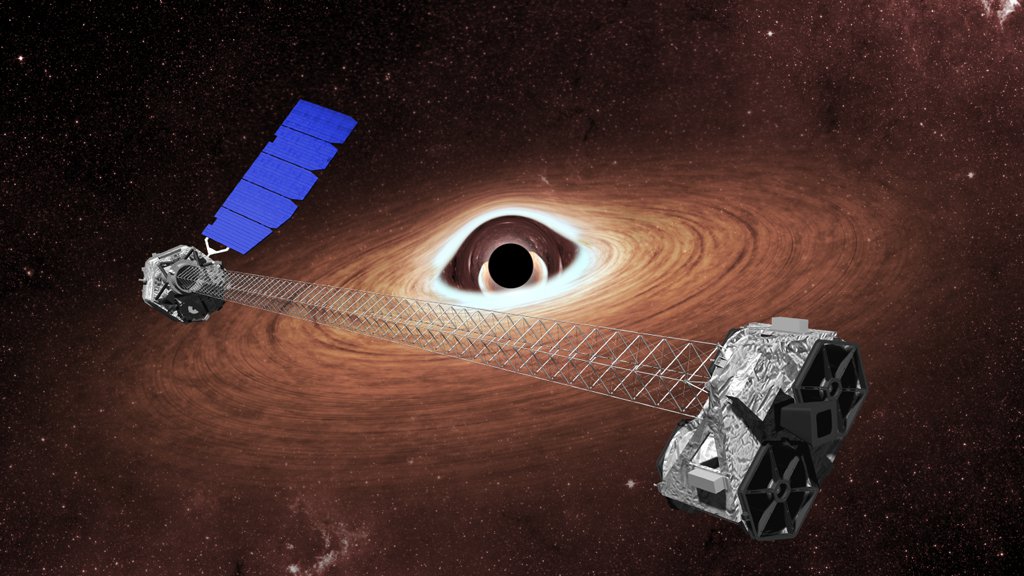
Research Facilities
Caltech scientists and engineers invent, use, and share state-of-the-art research tools, supercomputers, and advanced analytical labs, which allow them to think big and create extraordinary research programs. The tools and facilities our people have access to include
- Premier telescopes and observatories around the globe, including the Laser-Interferometer Gravitational-wave Observatory (LIGO), which made the first direct detection of gravitational waves
- The Jet Propulsion Laboratory and its facilities
- Space telescopes such as Spitzer, NuSTAR, WISE, plus IPAC, a science and data center for astronomy
- The Large Hadron Collider near Geneva, Switzerland, and its high-energy physics experiments
- Shock and wind tunnels for studying fluid mechanics and simulating conditions for hypersonic aircraft
- Kavli Nanoscience Institute
- The nation's leading labs for solar fuels
- The Beckman Institute, home to 15 facilities and centers devoted to revolutionary instruments for chemistry and biology
- Gene sequencing facilities
- Advanced brain imaging, eye tracking, and physiological monitoring facilities for neuroscience and neuroeconomics
- Global seismic networks for studying Earth and earthquakes
- An Earth Surface Dynamics Laboratory, featuring a 15-ton flume for studying water and sediment motion
- Labs that replicate the pressures and dynamics inside Earth
- Labs for studying magnetism in living things and for uncovering what the rock record of magnetism reveals about Earth's history
- Labs for investigating atmospheric science
- The collected papers of Albert Einstein as well as other great scientists
- More than 6,000,000 medieval to modern manuscripts, books, and other works, just a few blocks from campus at the Huntington Library
